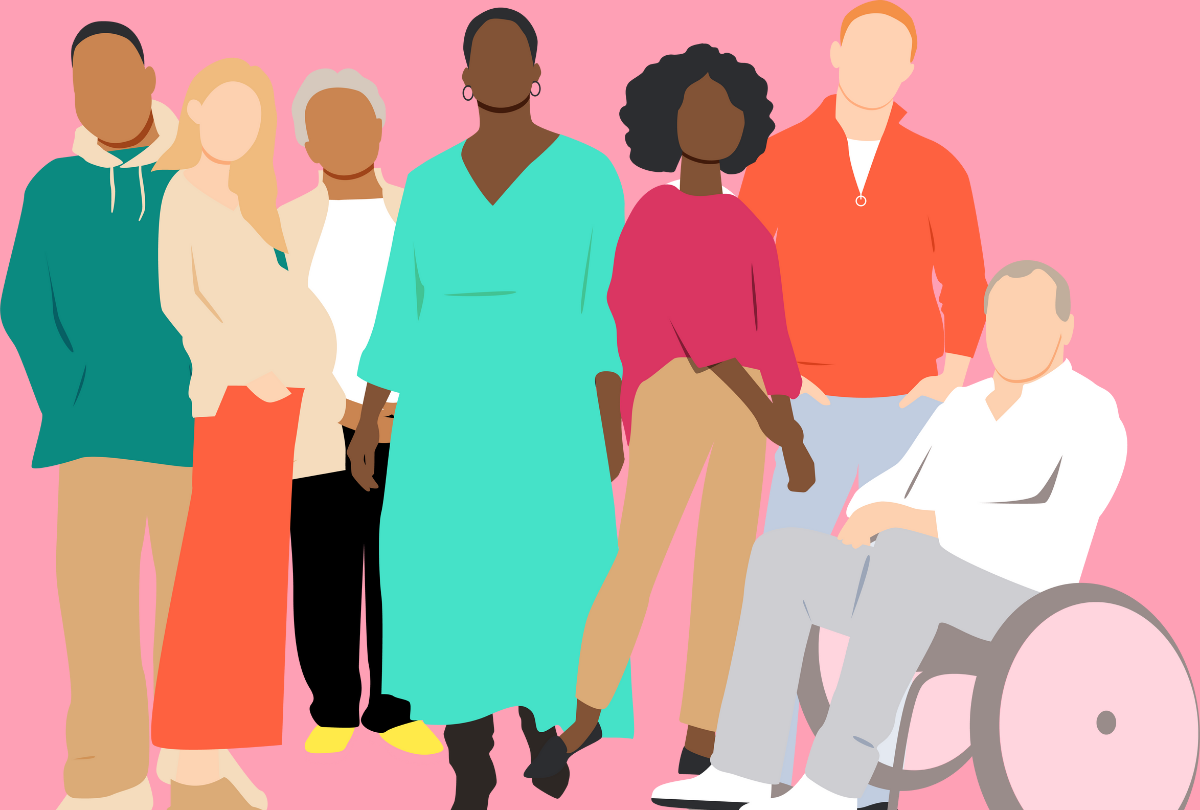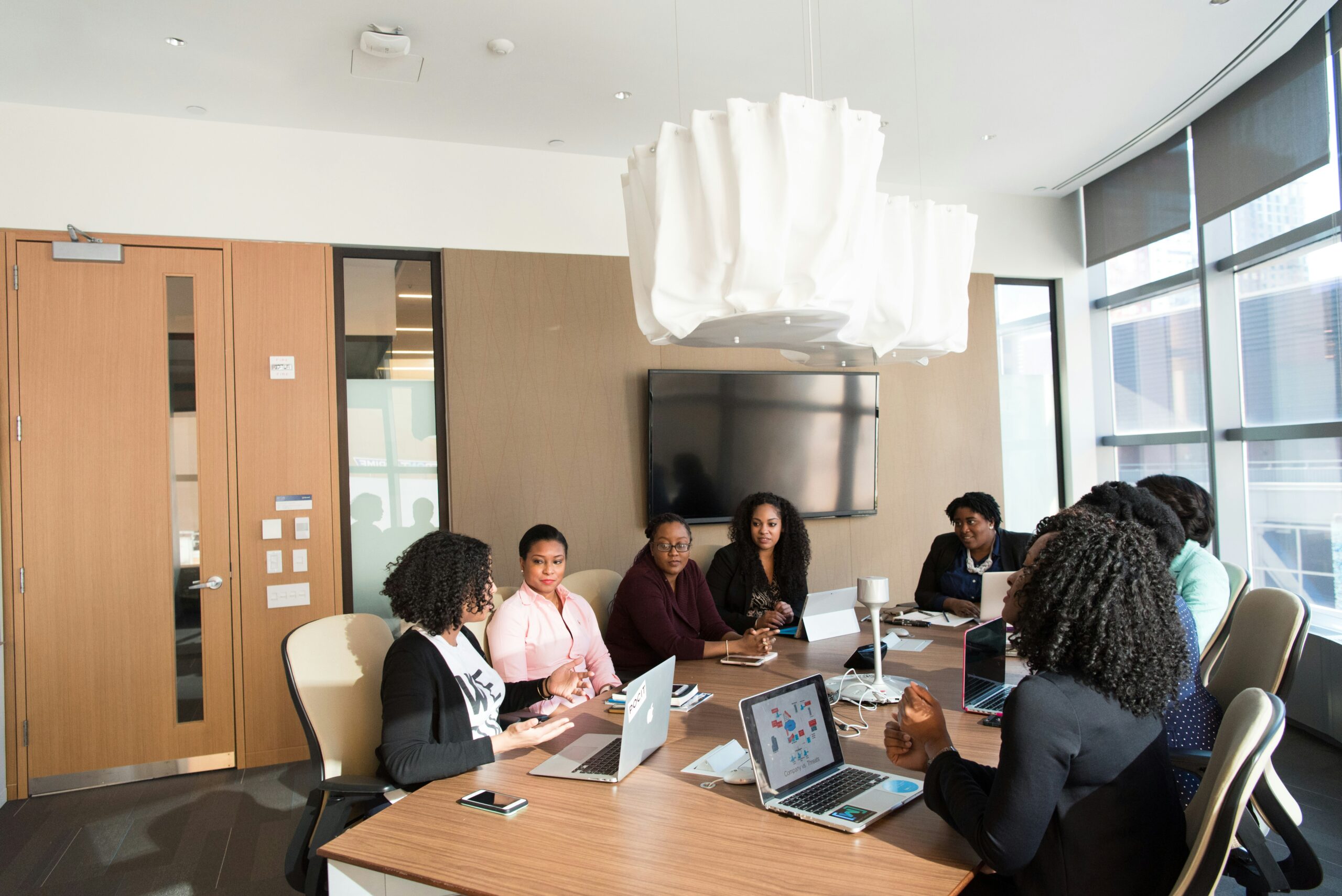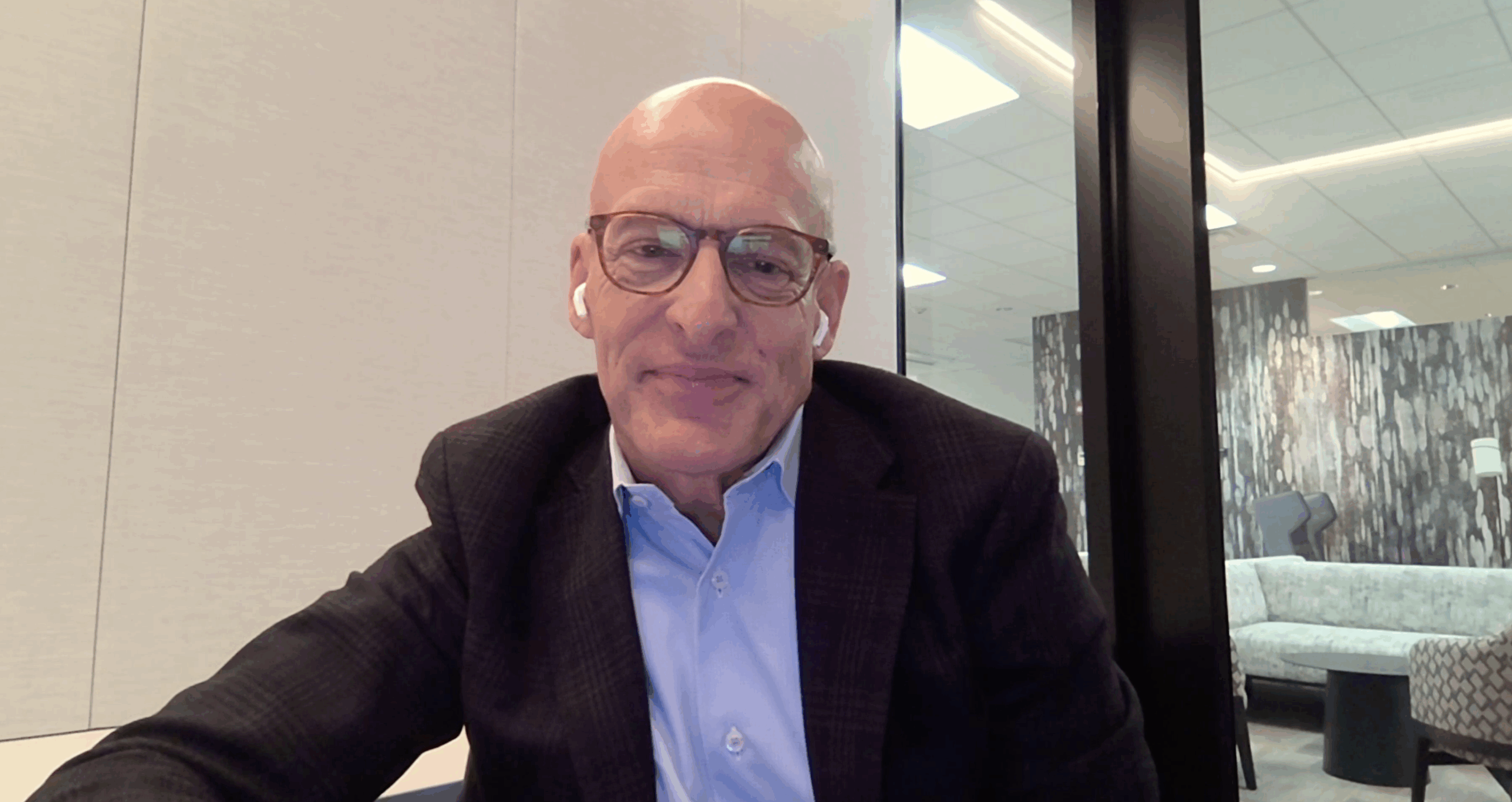It’s never happened before: five generations sharing the workplace. From the “Silent Generation” to Gen Z, employees of all ages are now part of the same companies. But that doesn’t mean they share the same mindset.
There are those who fear that conflict might result from these differences. Considering that each generation has a distinct learning style, it’s possible that L&D programs need to be adjusted according to age. Inter-generational cracks have already reared their ugly heads: the “OK Boomer” meme is a perfect example.
But that kind of tension doesn’t need to be the case for innovative and foresighted companies. On the contrary – organizations can take advantage of an age-diverse workforce to reap important benefits.
Modern Learning and Development is Dominated by Technology
Technology, from online meetings to AI and the wealth of information the internet has to offer, has made learning easier, but is it a must-have in today’s L&D programs? In the case of L&D for millennials and Gen Z, the answer is yes. More than just being a throwaway trend, online learning is now a normal part of most people’s lives, in one way or another.
The use of technology is a central part of modern education, especially in a post-COVID world. In school, younger generations now use smartphones to see their schedules, use their class’s learning management system, and a laptop to do their homework. Their teachers often show instructional YouTube videos, invite experts from around the world for in-class Zoom calls, and read lesson material from a tablet.
Between getting news, using apps for meditation, therapy, consultations, and joining online conferences, L&D has followed the lead. When millennials and Gen Z enter the workforce, many automatically connect learning and growth to technology. They expect it – while older generations may be more hesitant.
The older generations were usually educated through more “traditional” methods, and if their job doesn’t employ technology regularly, they may not be used to tech at all, let alone how to use their phone or laptop to access online coaching or mentoring. They’re more used to newspapers, face-to-face meetings, lectures, and printed guides, having grown up with textbooks, and handwritten homework assignments. Of course, younger generations have used these techniques as well, but they definitely have a greater preference for the newer, tech-driven approaches.
Developing L&D Programs for All
For L&D staff, this presents a challenge. At first glance, the generational differences in learning styles imply that each group needs a distinct structure. This is not only impractical – it’s wrong. Having separate L&D programs according to age only increases divergence between the groups. If we want a thriving, successful, and diverse workforce, our L&D programs should reflect the diversity, just as DEI programs should.
By worrying less about catering to different age groups and more about eliminating age discrimination through inclusive programs, L&D departments can provide the same style of instruction across all age groups. And, while doing so, employees will establish relationships that are mutually beneficial for both younger and older workers, and ultimately for the entire organization.
Getting on the Same Page (or Screen?)
While it is true that the generations have different styles of learning, there is no reason to believe that they cannot learn together. The question is ‘how?’
A simple and inexpensive way to find the answer is through employee surveys and manager feedback to discover what methods are acceptable to all groups. This process also helps remove the assumption that we already know what different age groups need in the first place.
And one may be surprised at how easily older workers adjust to new styles of learning. Technology is the basis of these techniques, but the precise application doesn’t need to be overly complicated. In this way, the adoption of modern learning methods can still appeal to older people. For example, L&D programs can be implemented through:
- Multi-device platforms that accommodate mobile, PC, and tablet
- Gamification formats instead of a book-like organization
- Microlearning sessions of at most a few minutes, broken into many sections, instead of a traditional hour-long course
Learning as a Cooperative Exercise
Finding common ground for L&D courses is only a first step. One of the greatest advantages of having such age diversity in the workplace is that it provides an unprecedented level of varied experience.
Older generations often possess the workplace wisdom that only comes after years of professional involvement. In comparison, younger people tend to have a better understanding of the technologies that are dominating the way society works and what society buys. They also have insight into what drives consumer preferences of the emerging generations.
Getting the different groups to figure out each other’s strengths to use as a competitive advantage can take many forms:
- One-on-one meetings with employees from two generations in which they discuss their real-time issues and how they each work through them
- Workshops focused on forging relationships between different age groups: Better communication, work issues causing
- L&D programs for managers and leaders of various age groups to eliminate biases
- “Mutual mentoring,” where employees of diverse ages, and with complementary skills/experiences, support and learn from one another
Conclusion: We’re All in This Together
If there’s one thing that we all can learn, no matter what our age, it’s that everyone can increase their skill set. Less important is how; what counts is that L&D programs deliver what each person requires to grow.
At GrowthSpace, we believe in the growth mindset, which contends that learning is only limited by ambition. GrowthSpace has built a platform to accommodate learners of all ages, and of every learning style preference, so that they can realize their goals both as employees and as individuals.




